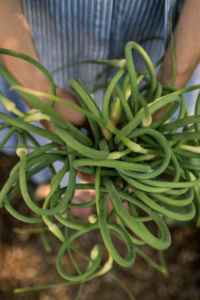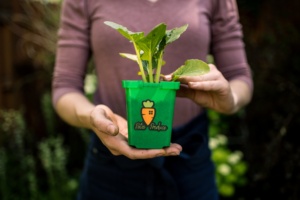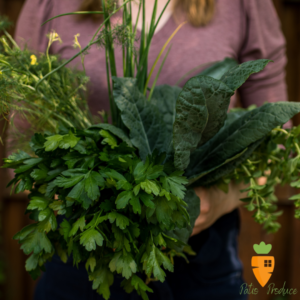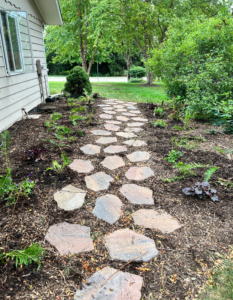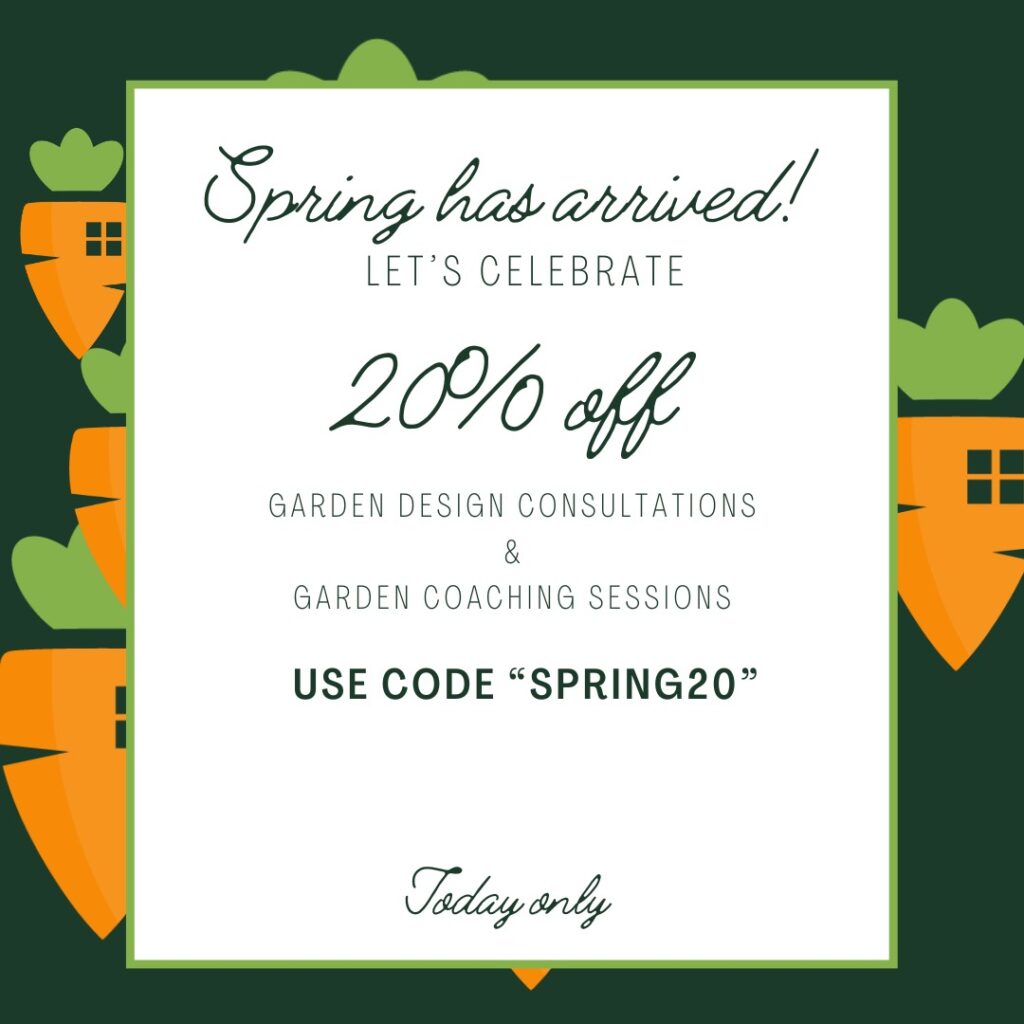Don’t you love the simplicity of fall? A few frosts mean the end of your tomatoes, peppers, eggplant, and flowers. With those plants gone, gardening gets a lot more simple. And I, for one, love the natural taper from massive summer harvests to just a few cold-hardy veggies.
At the same time, I want to keep pulling fresh veggies out of my garden as long as possible. Don’t you love incredibly fresh salads and kale smoothies in November and December? In Chicago, it’s absolutely possible to keep harvesting from your garden through December and start up again in March or April, which leaves you with just a few months without fresh food straight from your garden. That’s pretty good for the extremely cold weather we see during a Chicagoland winter!
But your salad garden is going to need a little help from you if it’s going to last into December.
What Do Each of These Have in Common?
All of these methods basically create a mini-greenhouse in your garden. You’ll capture the heat of the winter sun and keep your veggies warm overnight when temperatures dip to frigid. Depending on what method you use, your veggies will be growing in an environment which is 10-15 degrees warmer than the area outside your garden. It doesn’t sound like a lot, but there’s a life-and-death difference for a veggie between growing in 32 degree weather and 17 degree weather!
Since each of these methods essentially extends your gardening season past when it would normally end due to cold temperatures, they’re called “season extenders.”
Let’s look at three ways you can keep churning salads out of your garden this fall and early winter:
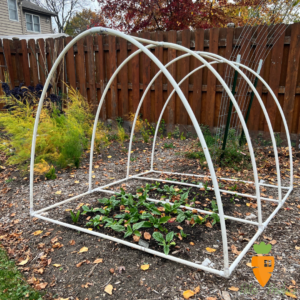 Low Tunnels
Low Tunnels
Low tunnels are a perfect, low-cost way to extend the life of your salad garden. A low tunnel is basically a series of hoops over an area of your garden, covered with plastic sheeting to make what looks like a mini-greenhouse. It’s the method I’m using in my own garden to help my spinach last as long as possible this fall and pop back to life early next spring.
Your hoops can be made with any number of materials. I’ve used PVC pipes here because they’re super flexible and easy to bend into a hoop shape, but plenty of low-tunnels are made with flexible wire or even metal tubing.
 Once you have the frame set up, you clip plastic over the frame, making sure there aren’t any holes on the sides or the bottom for the warmer air you’ve created in your low tunnel to escape out of. You can even add multiple layers of plastic, both clear and thicker, cloudy plastic, to retain more heat.
Once you have the frame set up, you clip plastic over the frame, making sure there aren’t any holes on the sides or the bottom for the warmer air you’ve created in your low tunnel to escape out of. You can even add multiple layers of plastic, both clear and thicker, cloudy plastic, to retain more heat.
The plastic might develop some holes during some winter storms Chicago is known for, so you’ll ideally want to remove the plastic after your salad gardening is done for the season. But leave the frame up so you can put the plastic back over it to get an extra early start on your gardening next spring.
This method takes a bit of planning the first time you do it, but after that, setup is a breeze!
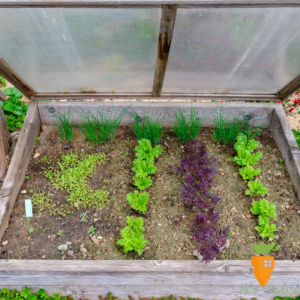 Cold Frames
Cold Frames
Cold frames are more expensive, but easier than low-tunnels. Cold frames are a wooden frame that fits over your garden with a transparent top to allow the sun to heat up the area inside the frame.
All you have to do is place the cold frame over the area of your garden you want to keep harvesting in December. That’s it! The wood frame makes cold frames sturdy enough to survive nasty winter storms. If you planted enough salad greens, you might be able to harvest salads through the winter!
All you’ll need to make a cold frame is a wooden frame and a transparent top on a hinge. The transparent top can be made out of so many items – get creative! I’ve seem people use anything from old windows to polycarbonate panels.
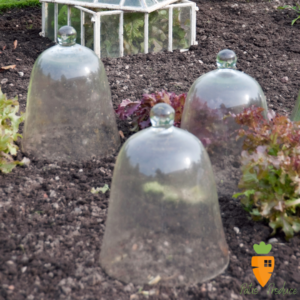 Cloches
Cloches
Cloches are a dome that you place over one plant to protect it from the elements. They’re not cost-effective for keeping your entire garden alive all winter (because you’d need a lot of them!) but for the odd plant you want to make sure survives a frosty night or if you’re protecting veggies you’ve grown in a container on your deck or balcony, they’re perfect.
Some cloches even come with vents at the top that you can use to make sure you don’t cook your veggies. It gets warm in there!
Season extenders like low-tunnels, cold frames, and cloches can help you edge ever closer to year-round gardening in Chicago. Try at least one this fall and see what works best for you! Either way, there’s no reason you can’t be serving up fresh veggies from your garden at Thanksgiving and later in December. These season-extenders will help you get the most out of your garden and help you keep feeding your family the freshest possible veggies, even when there’s snow on the ground.
If you’re using season extenders this year, we’d love to hear how you’re doing! Message us on social media or comment on one of our posts about season extenders to let us know what you think.
